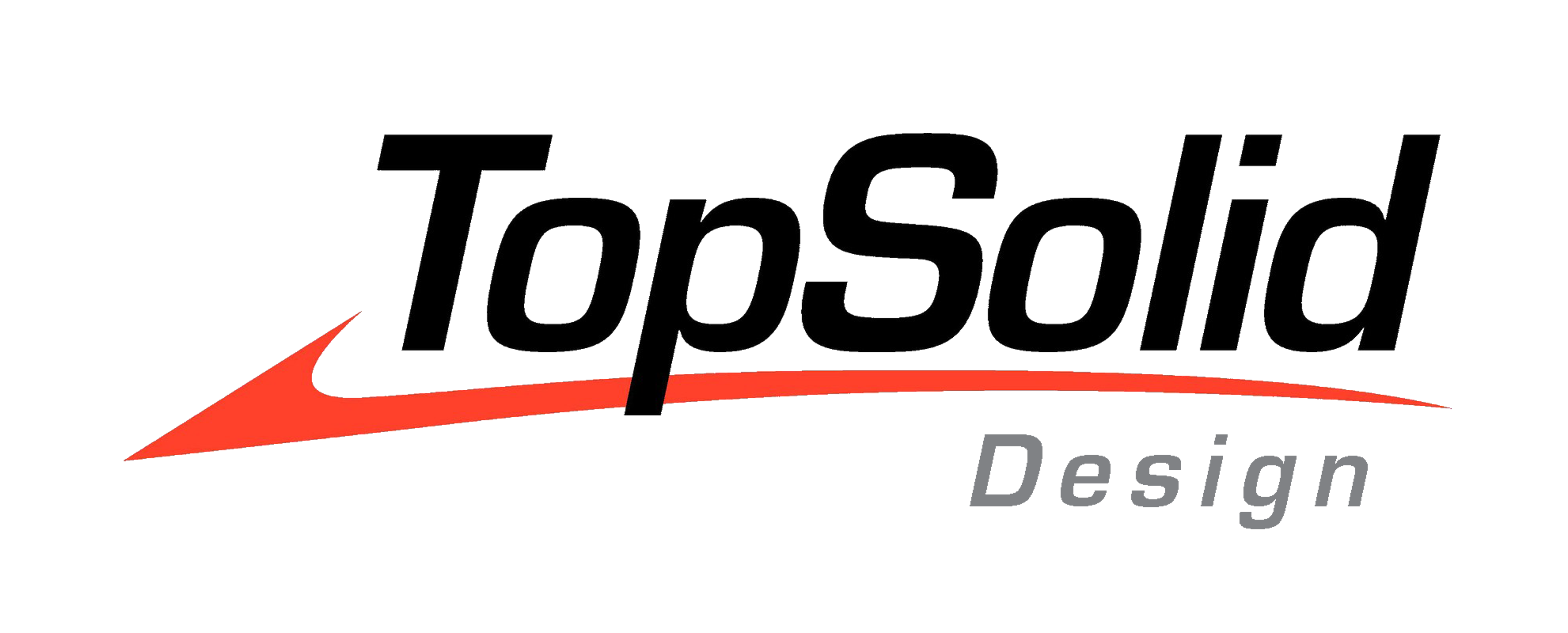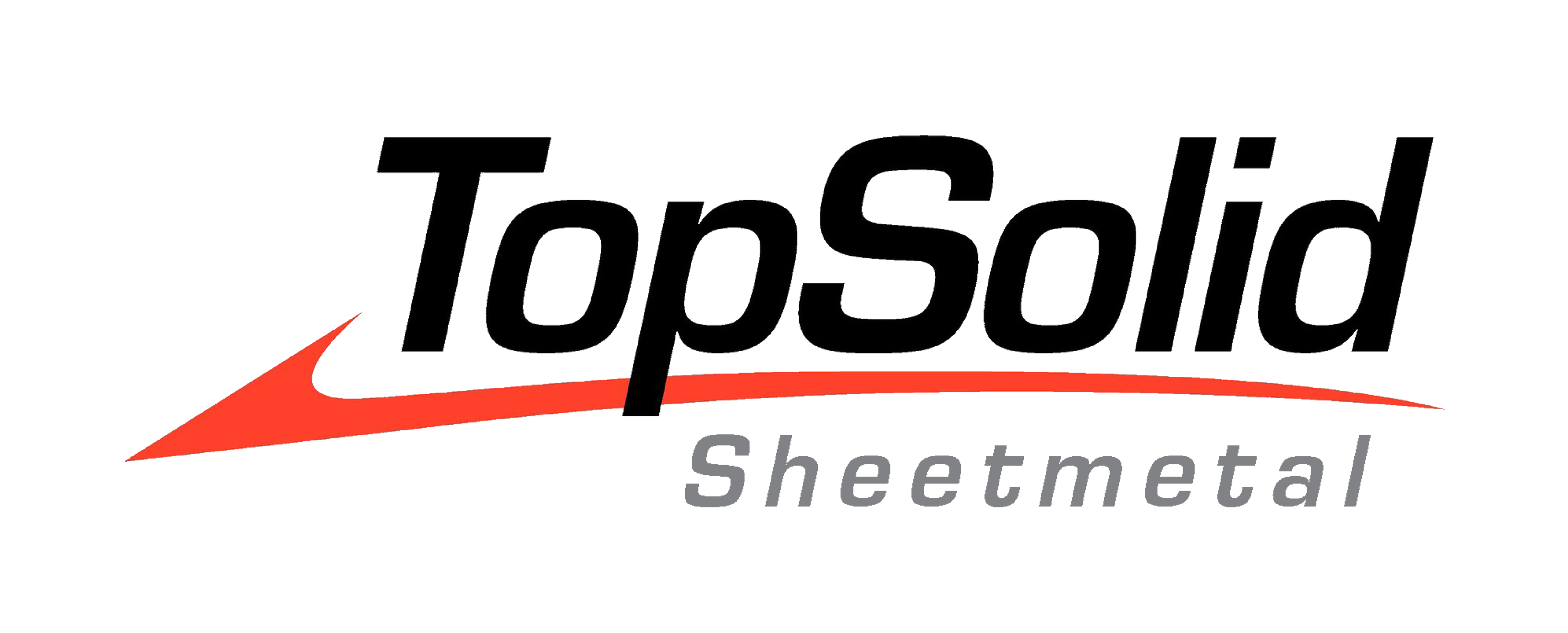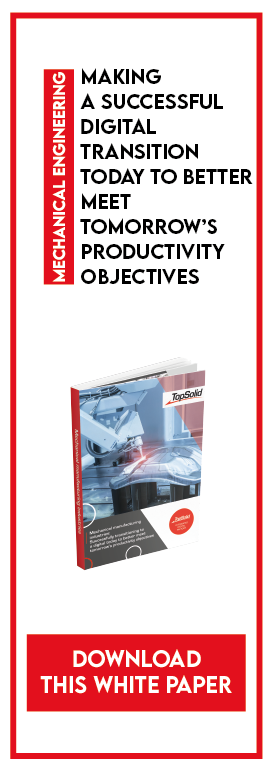In industry, the regular production of these documents can take a long time and often produces fruitless or unusable results. But, thanks to 3D design and digital engineering, it is possible to quickly produce comprehensible documents and efficient views that provide customers with a clear vision of the state of progress of the project.
What is a progress report?
You probably already know what progress reports are. On the other hand, you may not understand all their subtleties or, even worse, you may think that they are pointless. So, let’s get things straight… Progress reports are used to keep track of and communicate the status of a project, at a given point in time, to different stakeholders. It provides an overview of the completed activities and tasks, the results achieved and any problems. Progress reports can be used to assess the state of progress of a project and take decisions on the basis of up-to-date information. A 3D CAD project to design a machine, for example, could contain the following information:
- A description of the project: The report can begin with a detailed description of the project that contains the goal of the project, the required specifications, the technical constraints, the functional requirements and the planned deadlines.
- Design steps: An overview of the various design steps that are followed to design the machine using 3D CAD. It may include the initial 3D modeling, the creation of the assemblies, the addition of specific functionality, the optimization of performances, etc.
- 3D models: Present the 3D models that are produced for the machine using 3D CAD software. These models may show the structure of the machine, the individual components, the connections and the mechanisms, etc. They are used to view and validate the design.
- Results of the simulations: If any simulations are made to assess the performances of the machine, their results can be included in the progress report. They may include analyses of the strength of the materials, movement simulations, collision tests, etc.
- Problems encountered: Mention the problems encountered throughout the design process. At this point, technical difficulties, the limitations of the CAD software, manufacturing constraints, delays, etc., are raised. The measures taken to solve these problems may also be mentioned.
- Progress relative to the initial plan: The report may provide a comparison between the actual state of progress of the project and the initial plan. This comparison can be used to see whether the project is ahead of schedule, running late or on schedule. Any deviations can be explained and adjustments can be suggested.
- Collaboration and communication: Keep a trace of the interactions with the other members of the design team, suppliers, partners or customers. They include meetings, exchanges of information, requests for clarification, etc.
The next steps: The status report may be closed by highlighting the next steps of the project. This may include the remaining tasks, upcoming deadlines, planned deliverables, tests to be carried out, etc.
It is always possible to simplify the level of detail of the reports and to keep only the information that is really useful.
How does a progress report affect the execution of a project?
Progress reports are a part of the global project management process, and they play an essential role. They are scheduled in the planning phases and completed during the execution phases. They are used to identify any deviations and to take corrective measures in the monitoring and control phases, they facilitate communication between the stakeholders, and the information collected can be used to reassess and adjust the project. It is quite easy to get lost, if you want to draw up a good progress report. So, how can you make this task more fluid?
The range of CAD, CAM and PDM TopSolid solutions
How collaborative 3D design helps to produce progress reports
In the design phase of a project, you do not necessarily need a rendering in real time. You have not reached the end of the project, and many elements can still vary. Nevertheless, you may want the communicate the project as is to an external party. The customer, for example, who can ask for a progress report at any time. You must be capable of proposing a 3D model, which you can do to in two ways: just the visual, or the visual with the tree structure of the parts. How?
You have three possibilities:
- Produce a view outside the project in its current state in the form of a 3D view that is not necessarily realistic. We call this TopSolid Viewer: we supply the data, then the partner loads it and can see the same thing as on our workstation.
- Authorizing a user to log into a Product Data Manager (PDM). They can then see their machine in a simple web interface, on a mobile phone or on a mobile tablet. In concrete terms, we send them a link that grants access.
- The last method consists of sending a simple link by email. The user then logs into a web site, where we have shared the 3D data with them.
When should the progress report of a 3D CAD project be sent?
The process described above can take place several times in the product design cycle. The idea is to iterate with the customer, who can make amendments, adjustments, corrections, etc.
The history must keep track of all these interactions, which is where the PDM comes into play. Thanks to the PDM, we know everything that has happened. We know if and the date when we sent a prototype to the customer, their response and any action that was taken as a consequence, etc. Everything is tracked in the management environment.
When you reach the end of your project, after numerous exchanges and discussions, you can start the review in virtual reality. This is still an iterative process, and you may want to backtrack on certain design choices.
If you backtrack through the design steps “by hand”, then the process can become so complex that it is unmanageable. It is better to have a system that is smart enough to rebuild everything on its own, otherwise it could take a very long time.
The Product Data Manager: the cornerstone of a good progress report
As you may have already observed in your projects, every person and every company may have its own definition of what a progress report should be. There are infinite variations, from no formalism at all (the customer knows nothing or, on the contrary, has full access in real time, but no explanations), to a complex and sometimes totally unusable document.
See also “The benefits and selection criteria of the PDM for CAD-CAM”.
They key consists of the combination of collaborative 3D CAD techniques and an efficient PDM (Product Data Manager). They save time and allow for simplicity. They also standardize exchanges, reduce the risk of errors, build on knowledge and secure data. Want to find out more? Then get in touch!






